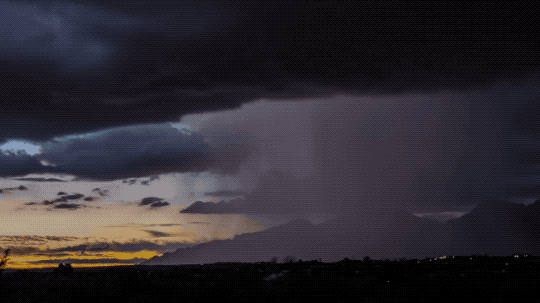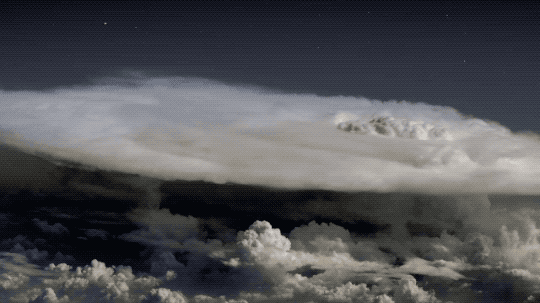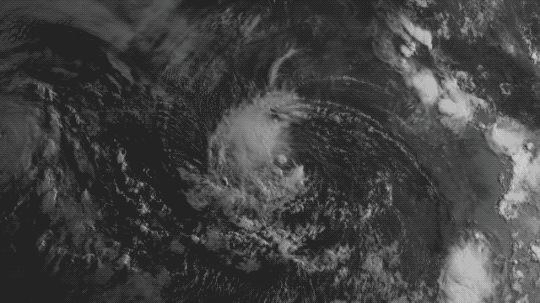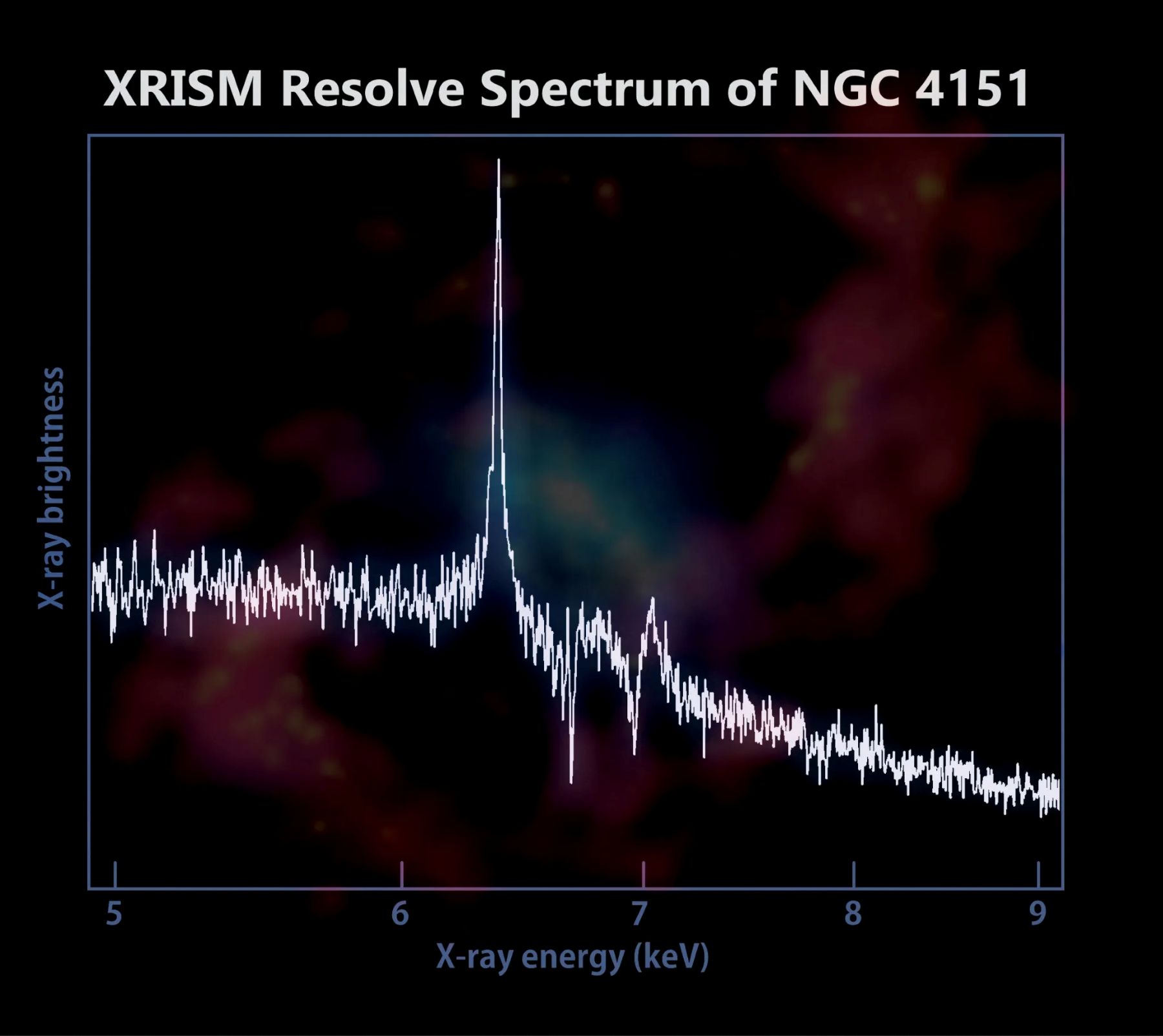What’s Made in a Thunderstorm and Faster Than Lightning? Gamma Rays!

A flash of lightning. A roll of thunder. These are normal stormy sights and sounds. But sometimes, up above the clouds, stranger things happen. Our Fermi Gamma-ray Space Telescope has spotted bursts of gamma rays – some of the highest-energy forms of light in the universe – coming from thunderstorms. Gamma rays are usually found coming from objects with crazy extreme physics like neutron stars and black holes. So why is Fermi seeing them come from thunderstorms?

About a thousand times a day, thunderstorms fire off fleeting bursts of some of the highest-energy light naturally found on Earth. These events, called terrestrial gamma-ray flashes, last less than a millisecond and produce gamma rays with tens of millions of times the energy of visible light.
NASA’s Goddard Space Flight Center
Thunderstorms form when warm, damp air near the ground starts to rise and encounters colder air. As the warm air rises, moisture condenses into water droplets. The upward-moving water droplets bump into downward-moving ice crystals, stripping off electrons and creating a static charge in the cloud.

Updrafts and downdrafts within thunderstorms force rain, snow and ice to collide and acquire an electrical charge, which can cause lightning. Under just the right conditions, the fast-moving electrons can create a terrestrial gamma-ray flash.
NASA’s Goddard Space Flight Center
The top of the storm becomes positively charged, and the bottom becomes negatively charged, like two ends of a battery. Eventually the opposite charges build enough to overcome the insulating properties of the surrounding air – and zap! You get lightning.

This illustration shows electrons accelerating upwards from a thunderhead.
NASA’s Goddard Space Flight Center
Scientists suspect that lightning reconfigures the cloud’s electrical field. In some cases, this allows electrons to rush toward the upper part of the storm at nearly the speed of light. That makes thunderstorms the most powerful natural particle accelerators on Earth!

Interactions with matter can produce gamma rays and vice versa, as shown here in this illustration. High-energy electrons traveling close to the speed of light can be deflected by passing near an atom or molecule, producing a gamma ray. And a gamma ray passing through the electron shell of an atom transforms into two particles: an electron and a positron.
NASA’s Goddard Space Flight Center
When those electrons run into air molecules, they emit a terrestrial gamma-ray flash, which means that thunderstorms are creating some of the highest energy forms of light in the universe. But that’s not all – thunderstorms can also produce antimatter! Yep, you read that correctly! Sometimes, a gamma ray will run into an atom and produce an electron and a positron, which is an electron’s antimatter opposite!

NASA’s Fermi Gamma-ray Space Telescope, illustrated here, scans the entire sky every three hours as it orbits Earth.
NASA’s Goddard Space Flight Center Conceptual Image Lab
Fermi can spot terrestrial gamma-ray flashes within 500 miles (800 kilometers) of the location directly below the spacecraft. It does this using an instrument called the Gamma-ray Burst Monitor which is primarily used to watch for spectacular flashes of gamma rays coming from the universe.

Visualization of ten years of Fermi observations of terrestrial gamma-ray flashes.
NASA’s Goddard Space Flight Center
There are an estimated 1,800 thunderstorms occurring on Earth at any given moment. Over its first 10 years in space, Fermi spotted about 5,000 terrestrial gamma-ray flashes. But scientists estimate that there are 1,000 of these flashes every day – we’re just seeing the ones that are within 500 miles of Fermi’s regular orbits, which don’t cover the U.S. or Europe.
The map above shows all the flashes Fermi saw between 2008 and 2018. (Notice there’s a blob missing over the lower part of South America. That’s the South Atlantic Anomaly, a portion of the sky where radiation affects spacecraft and causes data glitches.)

Storm clouds produce some of the highest-energy light naturally made on Earth: terrestrial gamma-ray flashes. The tropical disturbance that would later become Hurricane Julio in 2014 produced four flashes within 100 minutes, with a fifth the next day.
NASA’s Goddard Space Flight Center
Fermi has also spotted terrestrial gamma-ray flashes coming from individual tropical weather systems. In 2014 Tropical Storm Julio produced four flashes in just 100 minutes!





